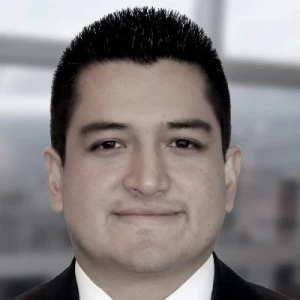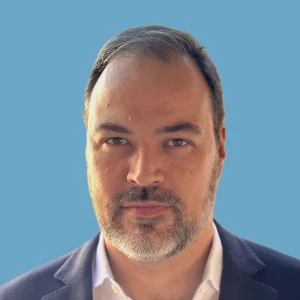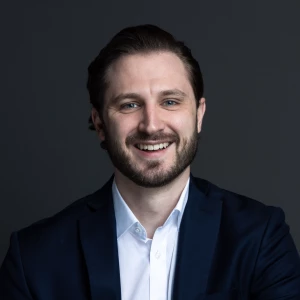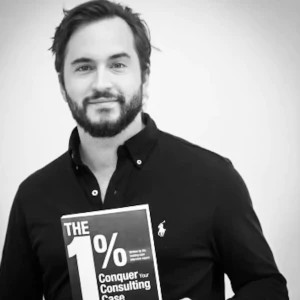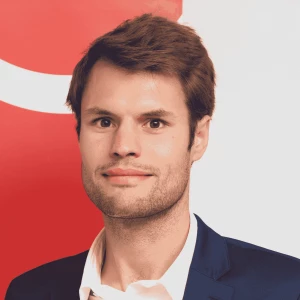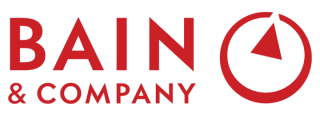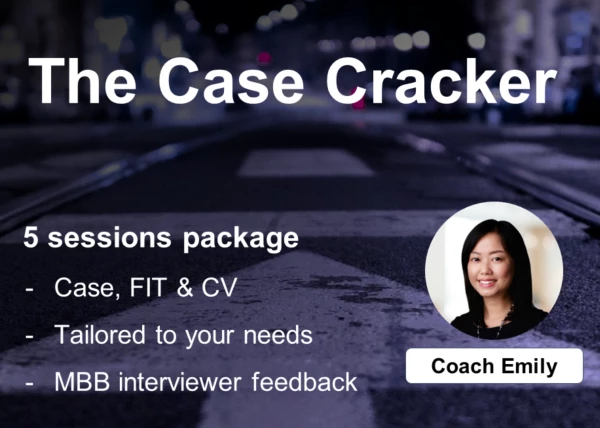Hi,
I heard that Bain has quite different approach vs McKinsey and BCG when it comes to case interview.
1. I heard “Answer First” approach — what is that? And how to practice that?
2. I heard that Bain has many many chart and very strict in time. How complicated is the chart in Bain vs other MBB?
Thanks



